Celebrating 50 Years of The Waterborne Symposium!

Live from the The Waterborne Symposium!
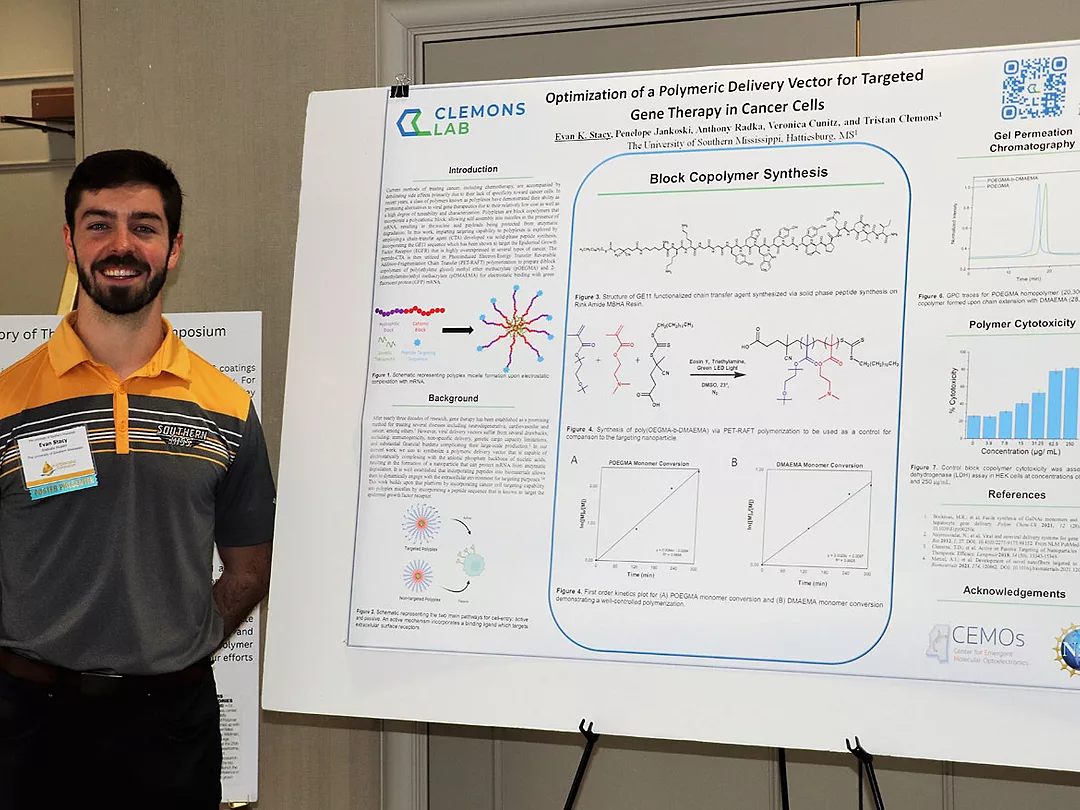
Live from the The Waterborne Symposium!
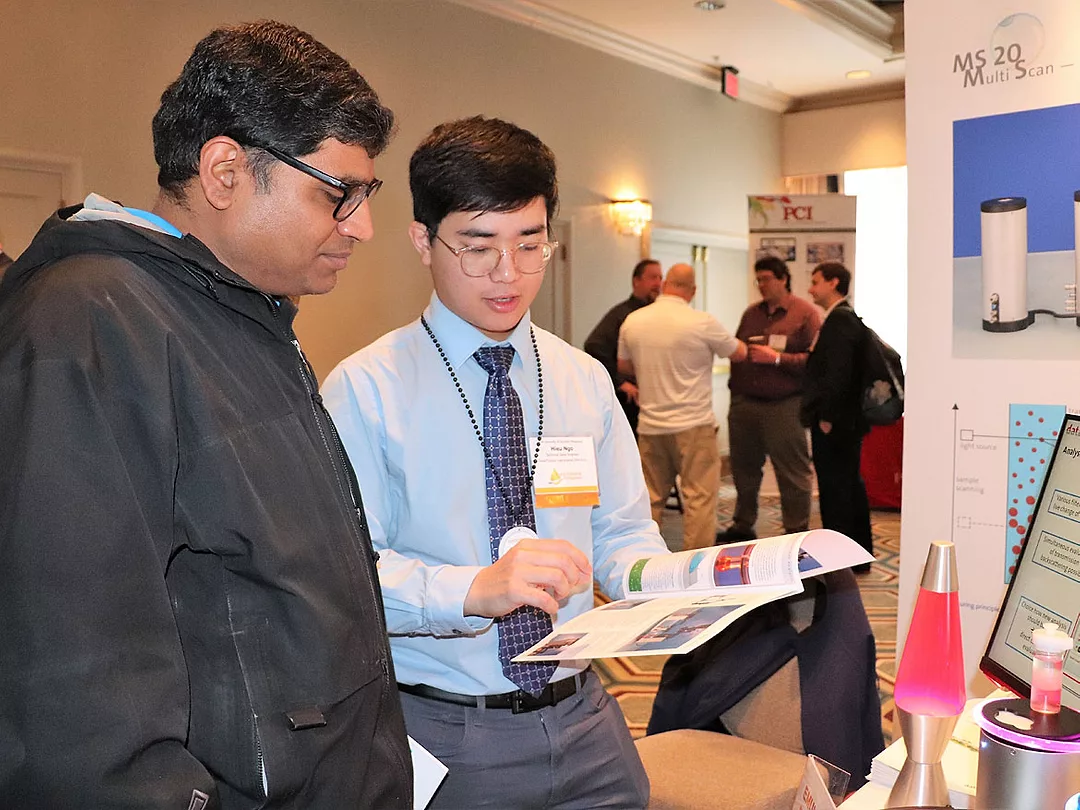
Live from the The Waterborne Symposium!

Live from the The Waterborne Symposium!
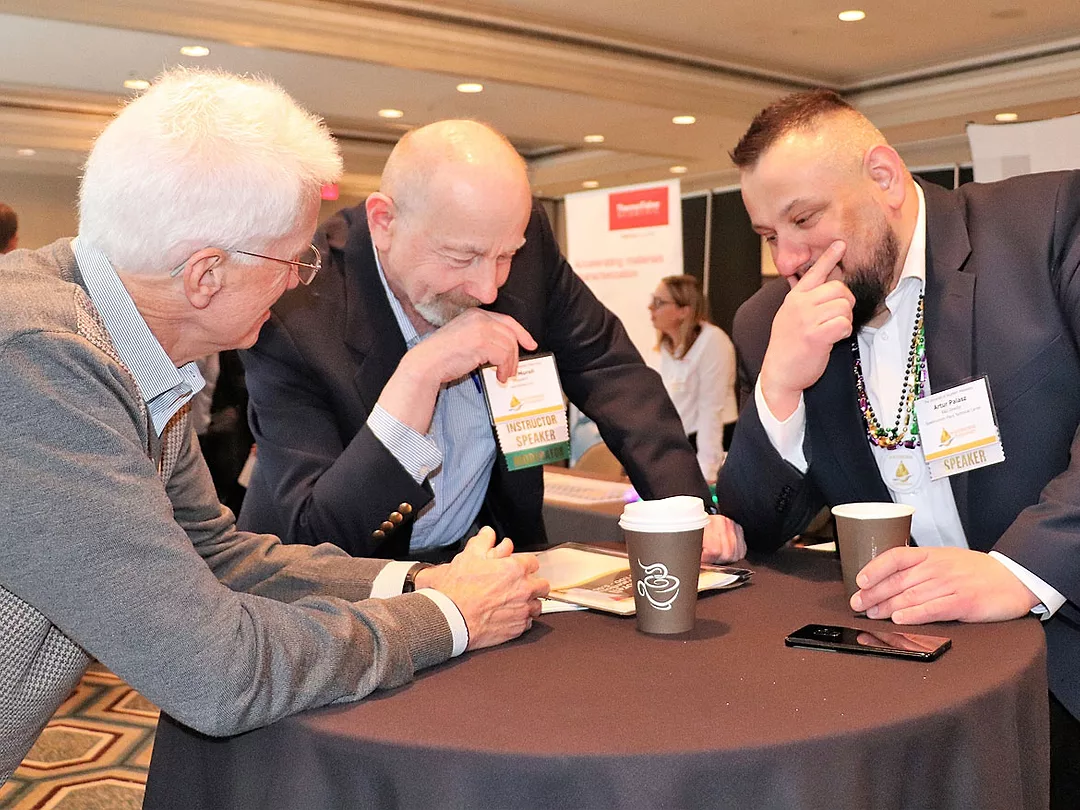
Live from the The Waterborne Symposium!
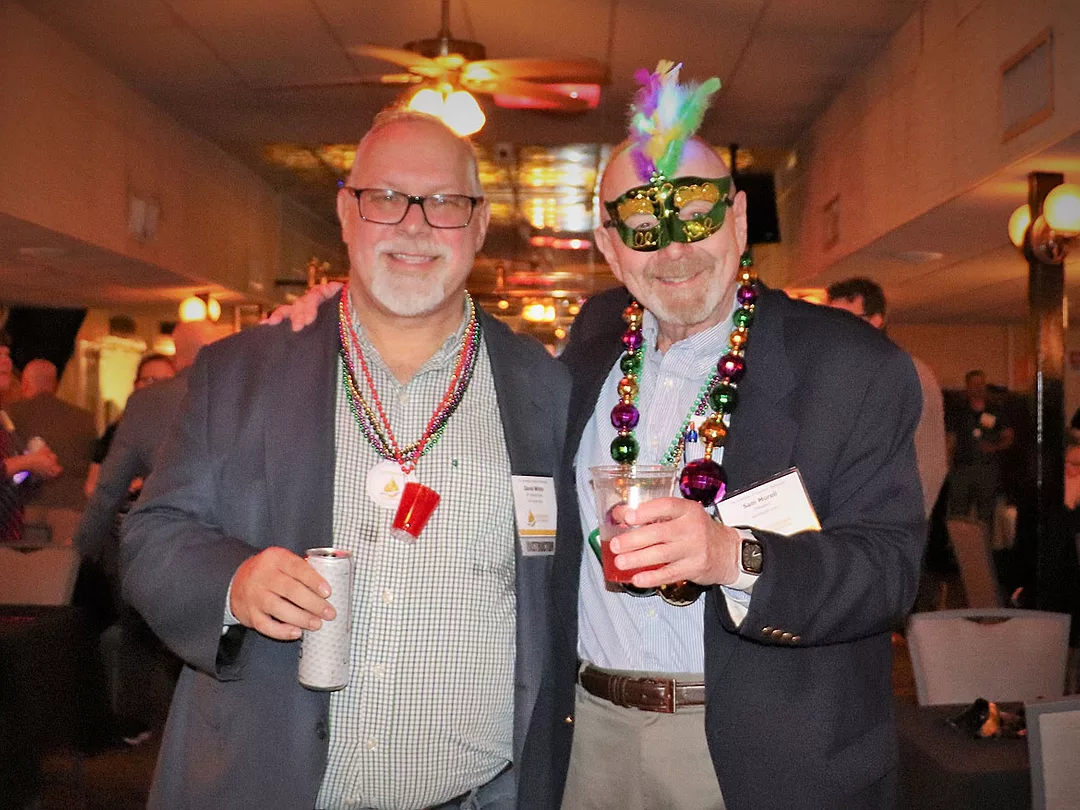
Live from the The Waterborne Symposium!
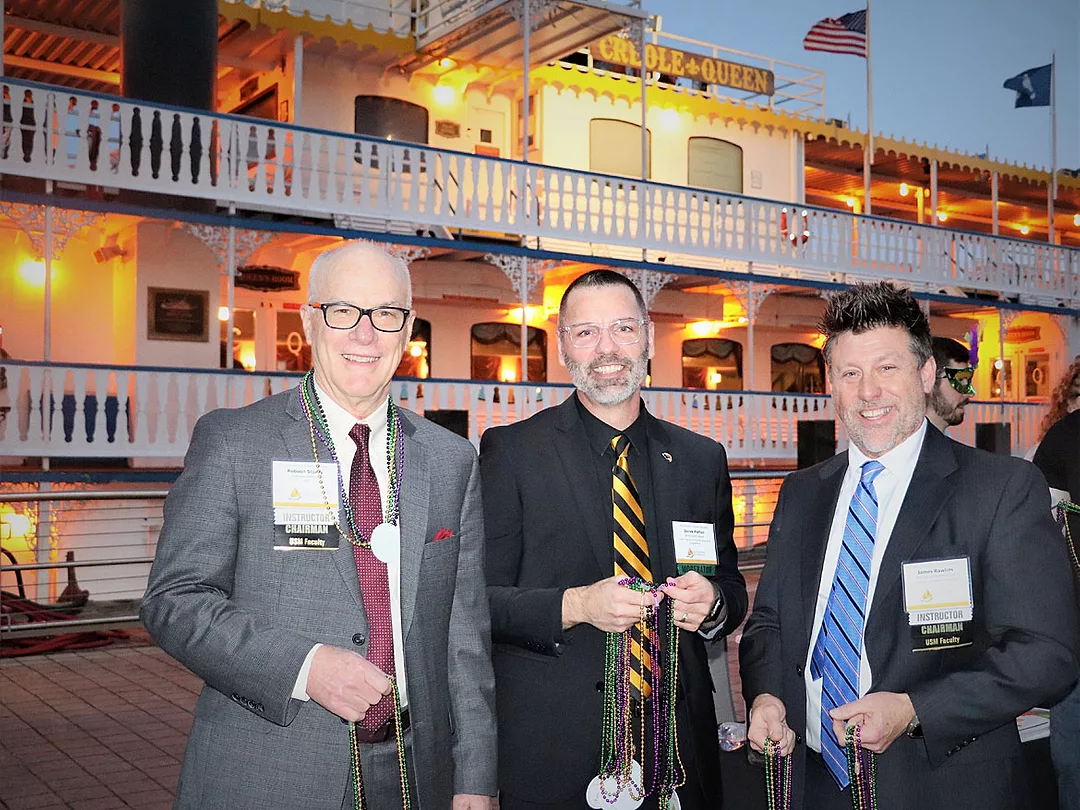
Live from the The Waterborne Symposium!
PCI recently attended The Waterborne Symposium in New Orleans, which celebrated its 50th anniversary this year. From its inception, The Waterborne Symposium has been organized and executed by faculty, staff, and students of the School of Polymer Science and Engineering (formerly the School of Polymers and High Performance Materials) at the University of Southern Mississippi (USM). Proceeds from the Symposium are used for various elements of academic program development, including graduate student stipends, junior faculty development, equipment acquisition and maintenance, and especially, scholarships for undergraduate students majoring in Polymer Science & Engineering, most of whom enter the coatings or related polymer industries upon graduation. Over $241,000 in undergraduate scholarships have been awarded from Waterborne proceeds over the last eight academic years.
This week-long event scheduled plenty of educational and technical content for its 284 attendees, such as pre-conference short courses, a Technology Showcase exhibit hall, a Women in Science networking reception, nearly 40 technical presentations, and an interactive student poster session. Several fun networking activities were also included. To celebrate its anniversary this year, the main evening reception took place on board the historic Creole Queen Paddle Wheeler. Adding to the fun, the Symposium always takes place the week leading up to Mardi Gras, which also provides attendees with opportunities to watch parades like Krewe of Druids, Knights of Babylon, and Krewe of Muses as they roll down Canal Street right in front of the event venue.
Our magazine is happy to sponsor and present the annual PCI Award for Technical Excellence at the Symposium. This year’s winner is Sebastian Weiss, of BYK Chemie GmbH. His presentation, Encapsulation of Silicone Additives for Increased Compatibility and Long-Term Effects, discussed an industrially feasible way to prepare silica nanocapsules using conventional shear methods like a rotor-stator dispersion process. By releasing the encapsulated substance in a targeted manner, this approach can provide a universally compatible form of application for silicone oils, which normally require laborious modification for use with different coating systems. Additionally, formulators can establish a reservoir of silicone within the coating, which is intended to produce more long-term surface effects. PCI will be publishing his paper in a future issue, so be sure to look for it!
PCI also sponsored the Waterborne session of technical presentations, which I was happy to moderate. Other award winners this year include the following:
Paper Awards
- Siltech Best Paper Award for Innovation: Shan Jiang, Iowa State University
- Thames-Mendon Best Student Paper Award: A tie between Aynslie Fritz and Lina Ghambari, both from the Wiggins Research Group at USM
Evonik Student Poster Awards
- First Place Undergrad: Andrew Barbour, Qiang Research Group, USM, “Ordered Mesoporous Carbon (OMC)”
- First Place Graduate: Jaylin Davis, Patton Research Group, USM, “Synthesis and Characterization of Novel Polybenzoxazine Vitrimer Thermosets”
- Second Place Graduate: Jacob Schekman, Simon and Nazarenko Research Groups, USM “Investigating Solvent Effects on thiol-ene Network Formation”
- Third place Graduate: A tie between Pritha Bhunia, Patton Research Group, USM, “Design and Synthesis of Vitrimer Thermosets Derived from Main-Chain Benzoxazine Polyesters“; and Maria Martinez, Pojman Research Group, LSU, “Optimization of Cure-On Demand Thin Layer Coatings Using Frontal Polymerization“
I encourage coatings formulators and suppliers to attend next year – the dates are February 4-9, 2024. We congratulate The Waterborne Symposium on 50 years of excellent work, and wish its organizers continued success in the future!
